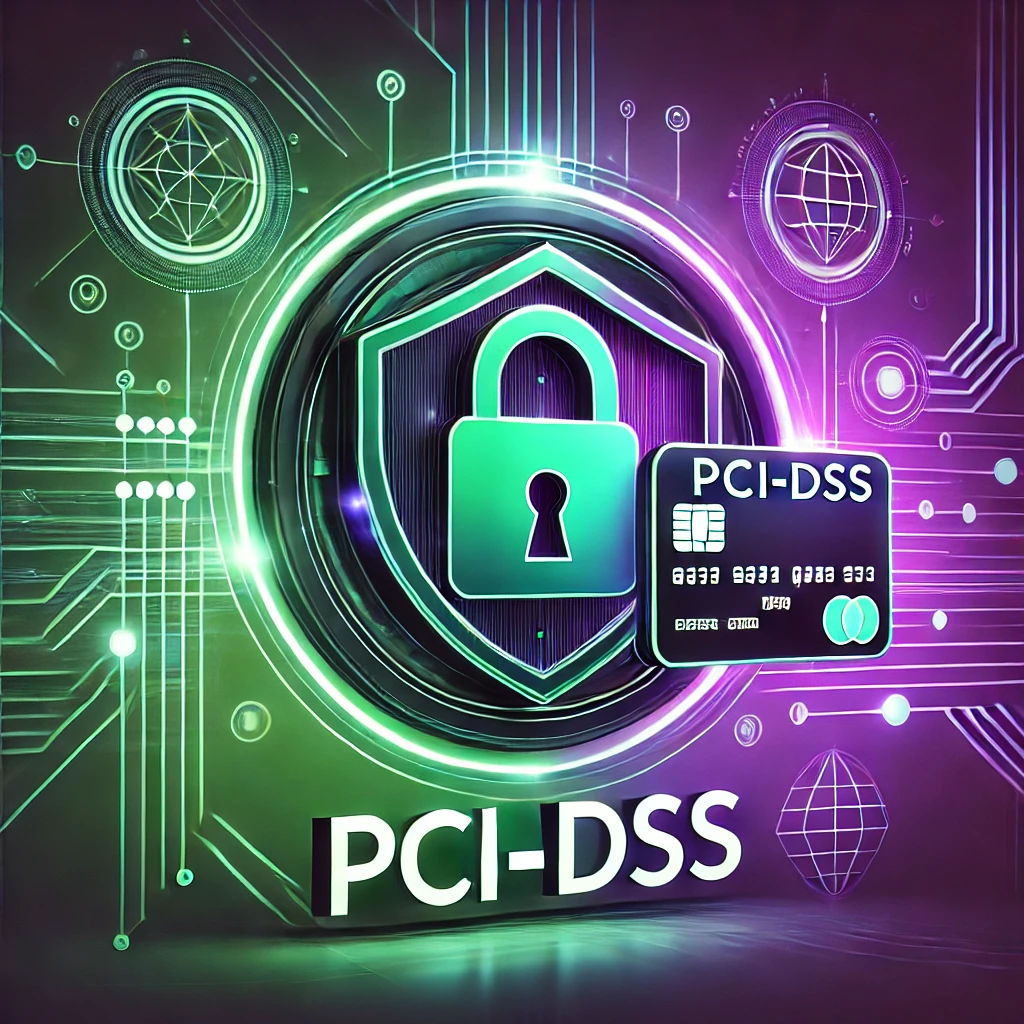Introduction
The Payment Card Industry Data Security Standard (PCI DSS) v4.0 introduces a new set of requirements aimed at enhancing payment security and addressing emerging threats. As organizations transition from v3.2.1 to v4.0, understanding and implementing these changes is crucial for maintaining compliance and safeguarding sensitive cardholder data. This article provides actionable insights on tackling the move to PCI DSS v4.0 and meeting its cybersecurity requirements effectively.
Why PCI DSS v4.0 Matters
Key Changes in PCI DSS v4.0
Understanding the new requirements is the first step toward compliance. Here are the major updates:
1. Customized Validation Methods: Allows businesses to design security measures that meet compliance in a way that suits their environment.
2. Increased Focus on Continuous Monitoring: Emphasizes real-time threat detection and response capabilities.
3. Expanded Scope on Multi-Factor Authentication (MFA): Applies MFA requirements to all access points involved in cardholder data.
4. Greater Emphasis on Risk Assessments: Calls for more frequent and detailed risk evaluations.
5. Improved Software Development Standards: Introduces requirements for secure coding practices in application development.
Steps to Achieve PCI DSS v4.0 Compliance
1. Perform a Gap Analysis
- Assess your current security posture against PCI DSS v4.0 requirements.
- Identify gaps in processes, technologies, and controls.
Key Focus Areas:
- Data encryption and storage practices.
- Access control policies.
- Monitoring and logging systems.
2. Update Policies and Procedures
- Revise existing security policies to align with v4.0.
- Ensure documentation reflects changes, particularly in areas like MFA and secure software development.
Tip: Use clear, actionable language in policies to ease training and implementation.
3. Implement Advanced Security Measures
- Adopt technologies that facilitate continuous monitoring and real-time threat detection.
- Invest in AI-driven tools to identify and mitigate vulnerabilities faster.
4. Strengthen Access Controls
- Enforce MFA across all environments.
- Regularly audit access permissions to ensure least-privilege principles are maintained.
5. Conduct Regular Risk Assessments
- Go beyond annual reviews; consider quarterly or real-time assessments.
- Involve all stakeholders, including IT, compliance, and business units.
6. Enhance Security Awareness Training
- Educate employees on the new requirements, particularly in handling cardholder data.
- Use interactive training modules to emphasize practical applications of v4.0 standards.
7. Test and Validate Compliance
- Conduct internal and external penetration testing.
- Collaborate with Qualified Security Assessors (QSAs) to validate your compliance framework.
Addressing the Customized Approach
One of the most significant changes in v4.0 is the option to use a customized approach. While this offers flexibility, it requires organizations to:
- Clearly document the rationale for their chosen methods.
- Provide evidence that their security measures meet or exceed the intent of the standard.
- Implement robust validation and reporting mechanisms.
Common Challenges and How to Overcome Them
Transitioning to PCI DSS v4.0 introduces both opportunities and challenges for organizations striving to enhance their payment security framework. While the updated standard offers flexibility and improved security measures, it also presents hurdles that require strategic planning and execution. Below, we explore common challenges organizations face during this transition and provide actionable solutions to help overcome them effectively.
- Challenge: Transitioning from legacy systems.
- Solution: Prioritize system upgrades and adopt scalable technologies.
- Challenge: Resource constraints.
- Solution: Leverage managed security services for cost-effective compliance support.
- Challenge: Keeping up with continuous monitoring requirements.
- Solution: Automate monitoring processes using tools that integrate with existing infrastructure.
Conclusion: Start Early, Stay Compliant
Achieving PCI DSS v4.0 compliance is not just a regulatory necessity but a strategic move to enhance your organization’s security posture. Start with a comprehensive gap analysis, implement necessary changes, and leverage advanced technologies to meet the new requirements. By acting early, you can ensure a seamless transition and reduce the risk of non-compliance.
PCI DSS v4.0: Your Guide to Compliance
Need some additional advices?
By aligning your organization with PCI DSS v4.0 now, you demonstrate a commitment to robust cybersecurity practices and build trust with customers and partners alike. If you need expert guidance or tailored solutions for your compliance journey, contact our cybersecurity team today.





